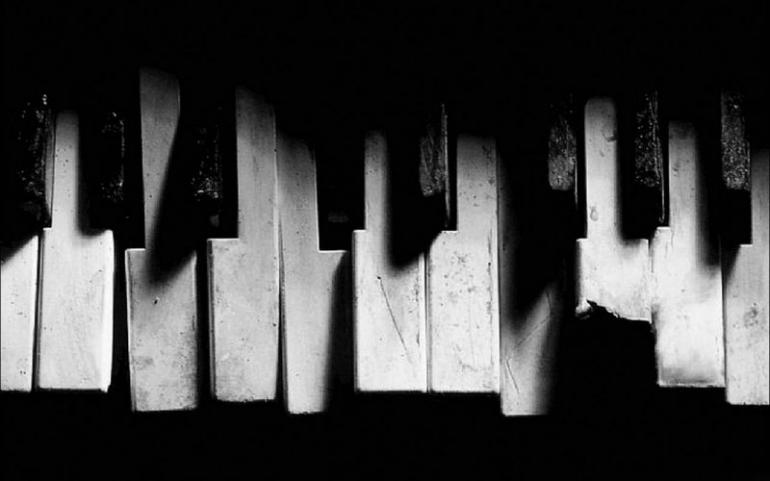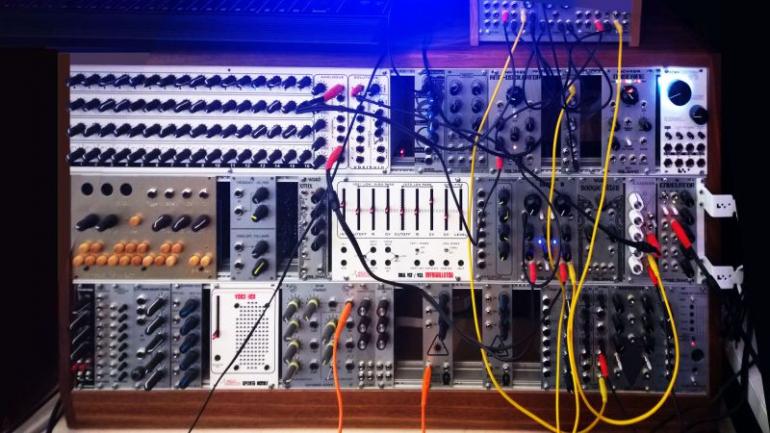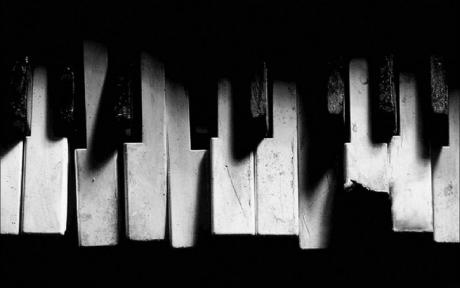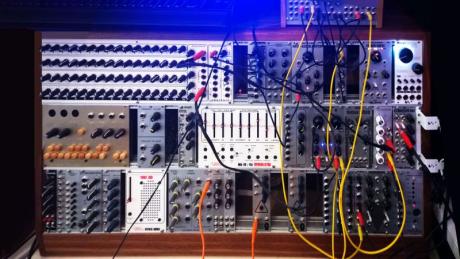Rockové klávesy - Využití arpeggiátoru a sekvenceru v moderních live aplikacích
Using arpeggiators and sequencers in modern live performance applications

Greetings Readers! I hope you are staying safe during this difficult time. This month, I wanted to talk to you about using arpeggiators in your live rig. “What is an arpeggiator?” you may ask. Heres Wikiaudio’s definition: “An arpeggiator (often shortened to arp) is a feature available on some
hardware synthesizers and software instruments. It allows the player to automatically step through a sequence of notes based on the player’s input, most often from a keyboard MIDI controller, thus creating an arpeggio.”
Syncing machines together via clock
Using an arpeggiator implies that there is a master beat clock or drum machine driving the tempo of all devices in the set up. I personally use the Arturia Drumbrute as a master clock source to drive the Arturia Microfreak synthesizer. The internal clock of the drum machine sends tempo information to the sequencer/arpeggiator of the Microfreak, so the two are always in time with each other. This can be done with midi or small sync cables included with many of the newer synths. The Microfreak has a great arpeggiator that can be very quickly programmed on the fly. For me, cueing a sequenced or arpeggiated accompaniment frees up one of my hands up to play my other synths and samplers. Let's start with a brief overview of what an arpeggiator does.
Common features and settings of arpeggiators
I like to cue my arpeggiator when I want to add harmony behind my solo. Sometimes I will do this on the fly by fingering the different chords as they pass, and sometimes I will program short sequences of patterns that begin and loop when I push the start button. All the music is locked into the rhythm because of the sync cables.
Here’s a great video of these machines working together in this way:

I like to set my arpeggiators to the latch. This means the notes are held down and continue to arpeggiate even when I take my hands away. Rhythmic subdivisions can also be selected to control the speed at which the arpeggiator is running. I program just a bit of swing on both machines as well to get just the right feel. Although settings can differ slightly from model to model, most arpeggiators have several common settings for note play:
rising: notes are played from bottom to top;
falling: notes are played from top to bottom;
random: notes are arranged by chance;
pattern: notes are arranged in certain ways to make a pattern.
There are many different hardware and software synths out there with great arpeggiators. You can download many free apps too. I urge you to check all the different ones out. Two features that I really like on the Arturia Microfreak are the Pepper and Dice settings. These add unexpected sounds to the pattern that can add interesting variation as the part runs through a song.
Here’s a great video showing some of these features we just spoke of:
https://www.youtube.com/watch?v=wsdoVewGD7Y
Rockové klávesy
Slovníček frází a hudebního žargonu
Rig: V překladu výbava, výstroj, souprava. Označuje se tak třeba těžební plošina, vrtná souprava, ale také lanoví na plachetnicích. Může označovat výstroj nebo uniformu vojáků. Používají ho rádi i kytaristé, kteří tak označují svou sestavu předzesilovačů, koncových zesilovačů, rackových efektů, vysílaček, napájecích a osvětlovacích modulů a dalšího. Obecně tedy lze překládat jako sestavu, soupravu nebo výbavu. Lze použít i jako sloveso, ve významu falšovat, manipulovat. V článku bych větu přeložil volněji: „Tento měsíc s vámi chci mluvit o využití arpegiátorů při živém hraní.“
Thus: Tedy, tudíž, tím pádem. V článku ve významu a tak (vytvořit arpeggio).
On the fly: Doslova za letu. Jde o poměrně běžné spojení, kterým mluvčí vyjadřuje, že se něco děje velmi snadno a rychle, bez omezení jiné činnosti. V češtině bychom řekli „za běhu“.
Cue: toto slovo má opět více významů. Jako podstatné jméno pojmenovává tágo, tedy nástroj, kterým v kulečníku, chcete-li v biliáru, ať už karambolu nebo poolu, uvádíme koule do pohybu. Druhým významem je narážka. A to i v hereckém žargonu, kdy herec čeká na slovo, pohyb nebo situaci, která iniciuje jeho nebo její herecký výkon. Použít bychom tedy mohli i český výraz spouštěč, což se hodí právě v tomto článku. Funguje také jako sloveso, spouštět.
Hold down: Přidržet, držet někoho nebo něco dole, podržet stisknuté. Znamená také udržovat kontrolu. Sloveso hold patří mezi frázová slovesa, tedy taková, která se skládají z více slov nebo částí a jejich význam se mění podle použité druhé části. Hold se může pojit s šestnácti částěmi a znamenat třeba i bránit, souhlasit s něčím, potlačit nebo řečnit. Pak se člověk v té angličtině má vyznat... V článku ve významu držet stisknuté, ve volnějším překladu: „To znamená, že mé tóny stále zní a arpeggio hraje, aniž bych musel držet ruce na klávesách.“
Latch: Znamená západka (nebo petlice), ale tady, v žargonu klávesáků, vyjadřuje funkci podržení, tedy, tón - arpeggio, zní i po zvednutí prstů z klaviatury, viz předchozí heslo.
Pattern: Znamená vzor nebo schéma. V článku sekvenci opakujících se tónů (not).




